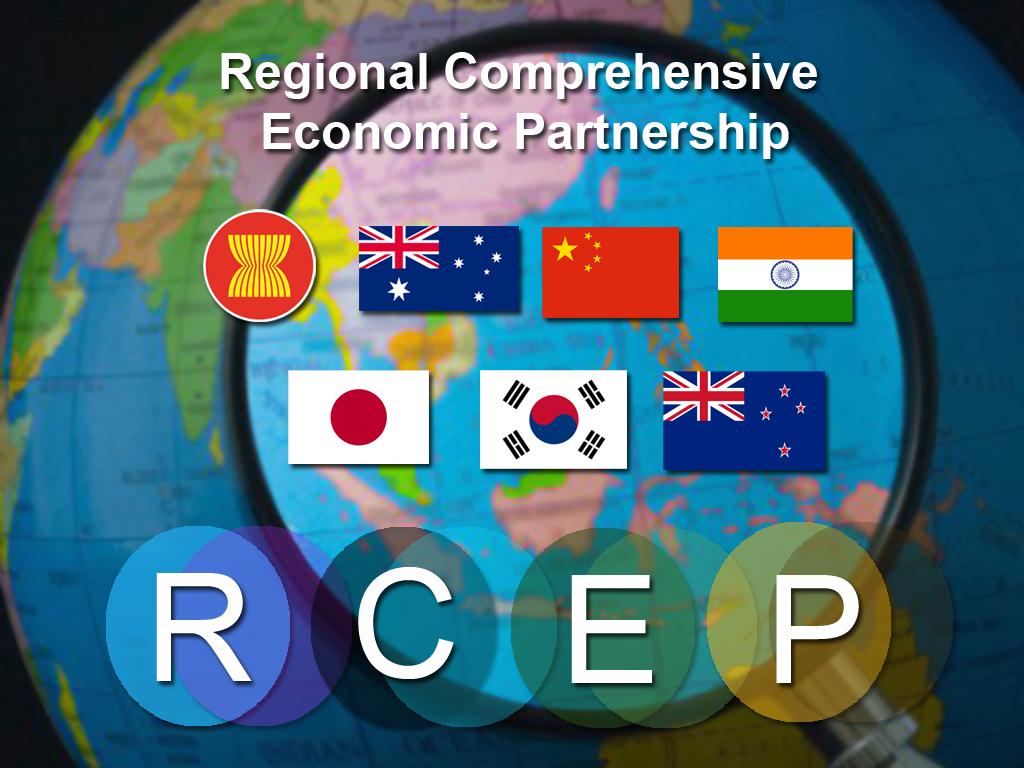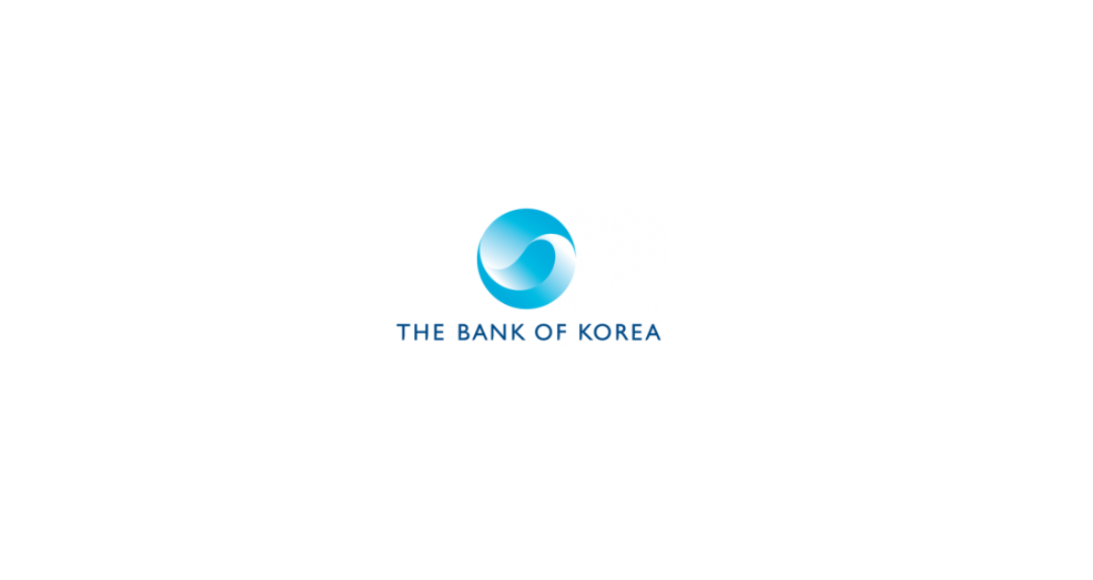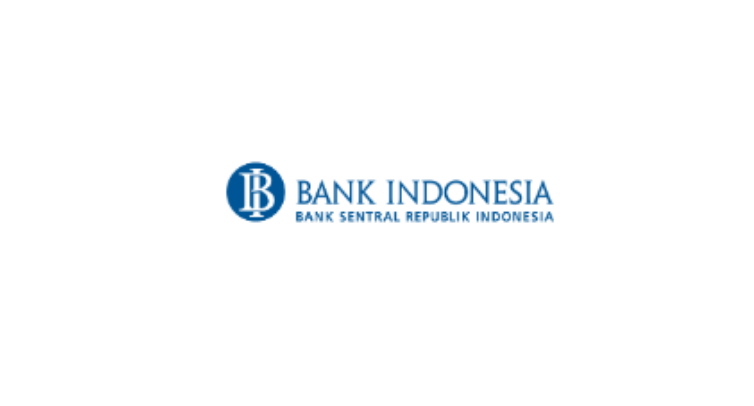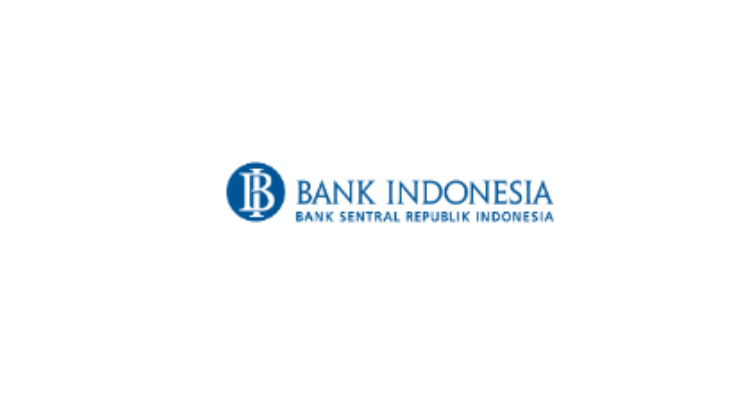BSP sees cross-border payment connectivity in 2-3 years
CROSS-BORDER PAYMENT connectivity may be implemented in two or three years in the Philippines as it seeks to keep up with its Association of Southeast Asian Nations (ASEAN) peers, the Bangko Sentral ng Pilipinas (BSP) chief said on Tuesday.
BSP Governor Felipe M. Medalla said he is looking forward to working with other central banks in the region to ensure cross-border payment connectivity is implemented.
“Our vision really is to be one with ASEAN-5 to have cross-border payments,” Mr. Medalla said in a seminar hosted by Bank Indonesia (BI) in Bali, Indonesia.
In November 2022, the BSP signed a memorandum of understanding (MoU) with other central banks in the ASEAN region to strengthen collaboration on payment connectivity.
The MoU on Cooperation in Regional Payment Connectivity (RPC) was signed with the BI, Bank Negara Malaysia (BNM), Monetary Authority of Singapore (MAS), and Bank of Thailand (BoT) on Nov. 14.
The RPC is expected to contribute in accelerating economic recovery and promoting growth as it aims to foster a more inclusive financial ecosystem by enabling fast, seamless, and cheaper cross-border payments across the region.
Implementation of cross-border payment connectivity will support and facilitate international trade, investment, and other economic activities. The cooperation will include a number of modalities, including QR code and fast payment.
“We will continue to work closely with our ASEAN counterparts to achieve our financial inclusion goals. At the regional level, our arrangements in ASEAN put us in a unique position to engage in knowledge and experience sharing in digital financial inclusion,” Mr. Medalla said.
He also said promoting and facilitating the development of digital infrastructure and platforms is crucial to addressing internet connectivity issues in underserved areas in the country.
By doing so, access of individuals and small businesses to digital financial services may increase, the BSP chief said.
“We want to reduce the number of excluded people to below 30%. The 2021 number is now 44%, and we’re certain that 2023 numbers are much lower and we are on our way towards 30% or lower excluded,” Mr. Medalla said.





















































First, please LoginComment After ~